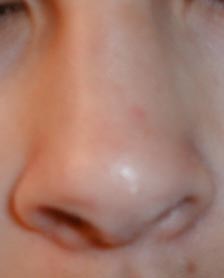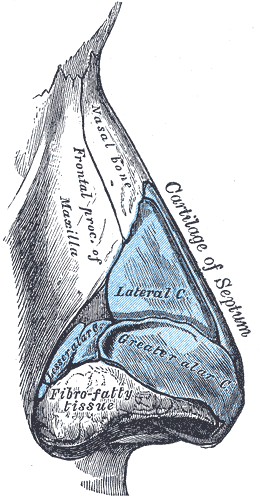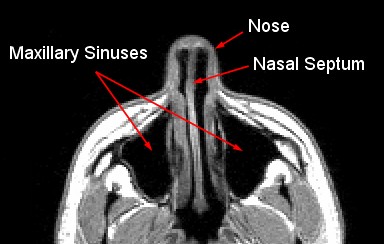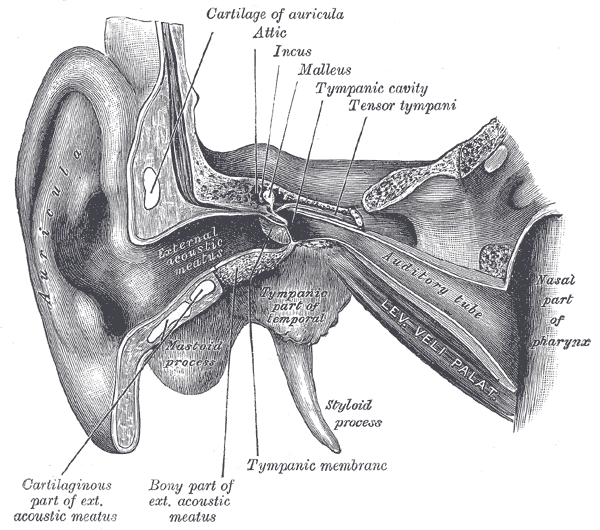We just learned about the
Eustachain Tube,
and we've learned a lot about the
Human Ear!.
Let's learn about how the
Nose works!
Our nose sticks out from our face to help us smell, one of the five important senses.
People and animals use the sense of smell to tell when there is danger like fire, or if a food smells good or has gone rotten and shouldn't be eaten.
Animals use their nose to help them find food to eat.
Noses are used to breath, to smell, and even to help get rid of some waste like when you blow your nose.
Only humans and most mammals have noses that stick out from their face in a different spot than their mouth.
For animals like birds, snakes or fish their nose doesn't stick out.
Some animals like fish don't breath through their noses, and snake noses are actually inside their mouth.

(from: wikipedia -
nose)
Kid Facts - Blast from the past: Pathogen


















